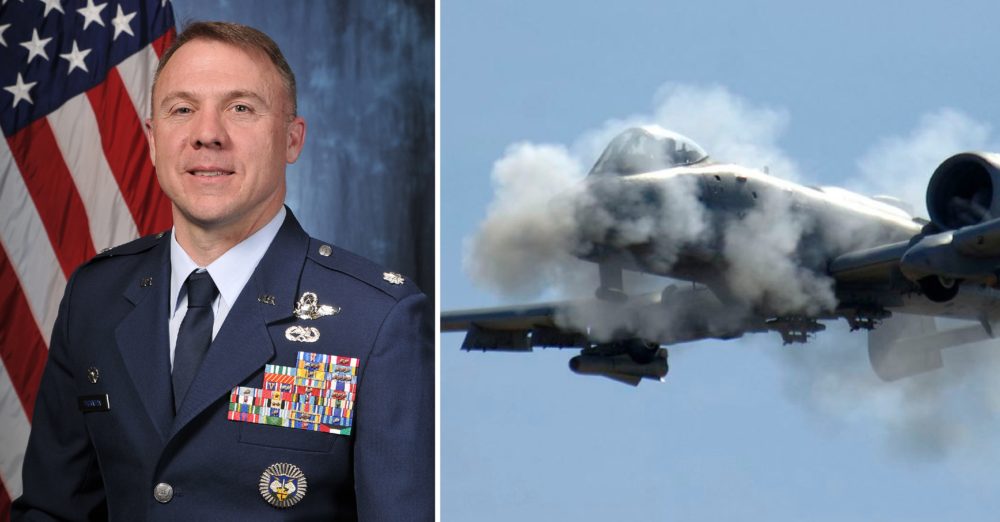FLYBOYJ
"THE GREAT GAZOO"
Probably but I really don't know at this point, but this guy quoted in the article I posted remained with the military after the Gulf Wars and more than likely has access to information that's way above our heads, so unless you have direct access to the same amount of real world combat experience as this individual, I'd consider his expertise and experienceWhat is the most modern tank the A10 has engaged in combat, export model T72's?.

